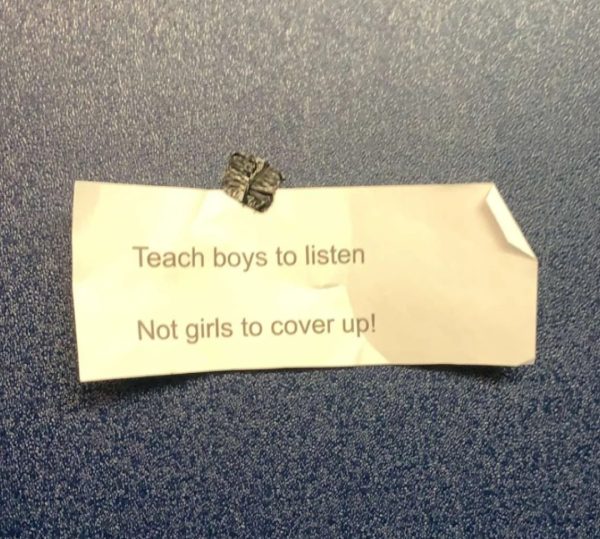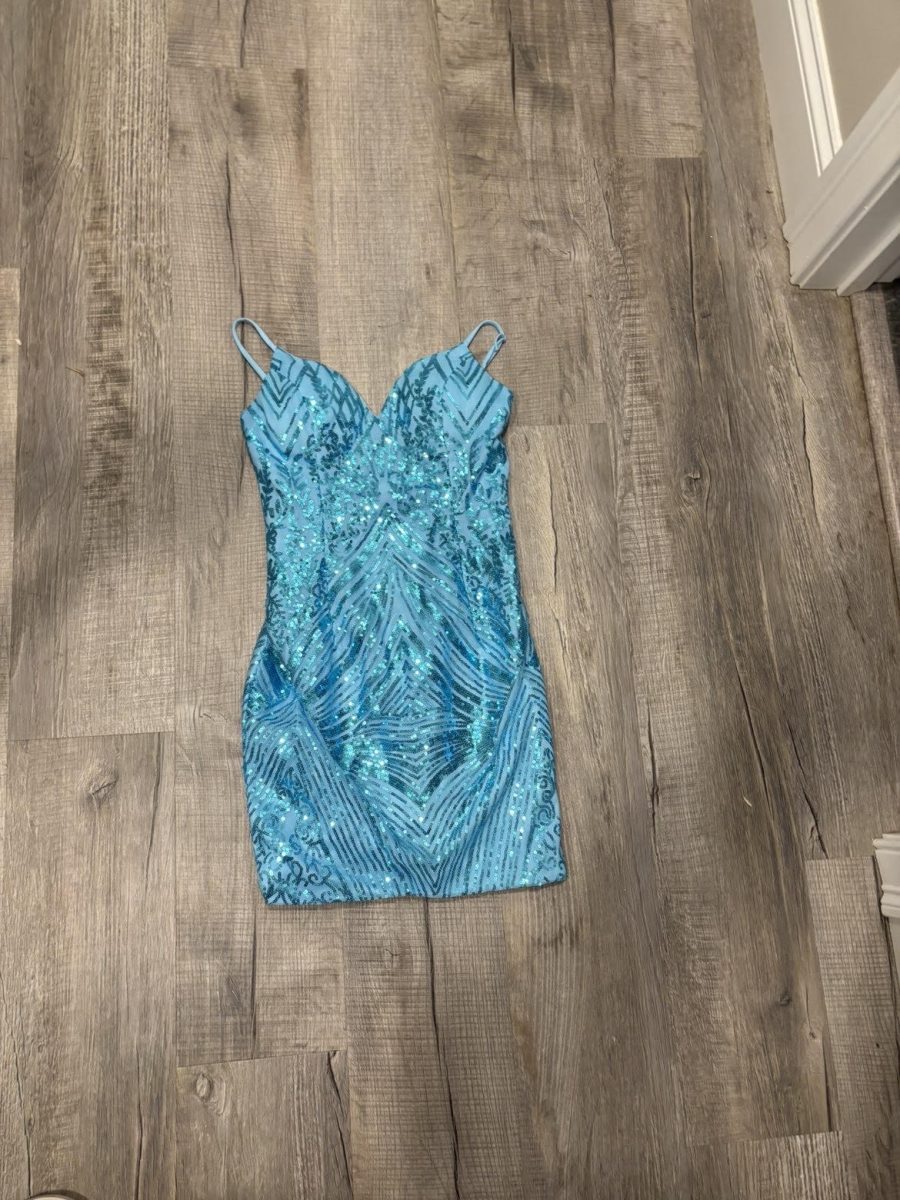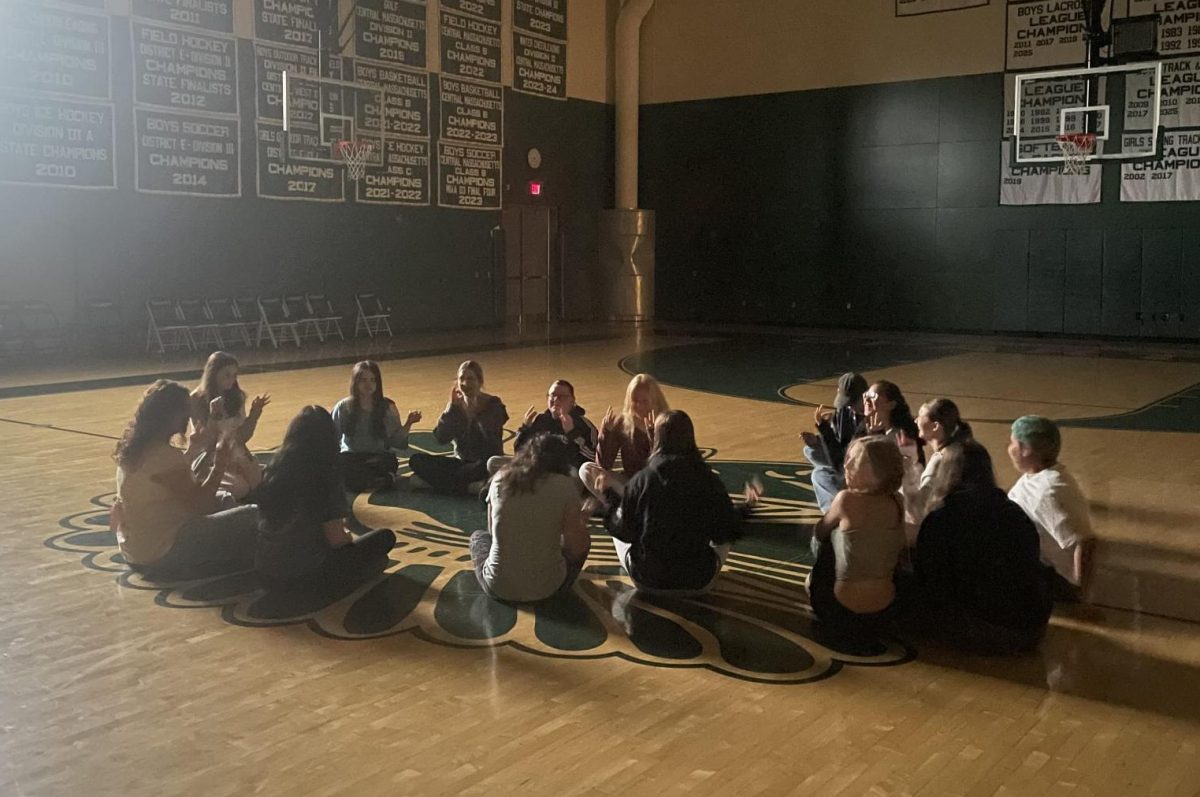Many feel dress codes target females. 
What if we told you that 83% of students who have dress code citations in St. Johns County School district in Florida were females, according to First Coast News. At the same time, only 39% of males in grades 9-12 that attend Canyon Ridge High School have been dress-coded according to The RiverHawk Review.
Society especially degrades women for what they wear, how they wear it, and even where they wear it. “The dress code applies to women more than men,” Freshman Mayah Graham stated. Dress codes tend to heavily aim toward clothes typically worn by women. According to the Oakmont dress code, your shorts must be 3 to 4 inches. As well as your shirt has to have shoulder straps. It seems items such as tank tops, skirts, ripped jeans, and sometimes leggings can be against dress codes. Articles of clothing such as sagging pants, and going shirtless to school are the restrictions for males.
Dress codes also tend to make people uncomfortable. The cause of this may be by making students wear baggier clothes because they have shown “too much skin.” Another “solution” would be mandatory school uniforms.
Sometimes perspective can make all the difference.
Self-confidence 101: try not to let others’ opinions impact your self-image. Dress codes aren’t making that any easier. It’s teaching many people that the way they dress is an important part of their character. This can not only contribute to anxiety, but also to eating disorders, according to the National Eating Disorders Association. A sophomore at Oakmont states, “There is a lot of favoritism when it comes to the dress code. For example, my friend and I wore the same thing and my friend got dress-coded and I didn’t.”
Paula Stefanakos, an English teacher at Oakmont Regional High School, states, “No, I actually believe there are students who feel pressured to wear certain revealing/inappropriate clothing even if they don’t feel comfortable because everyone else is. I also think those who don’t have the alleged ‘ideal body’ may feel badly about it as they are apt to compare themselves with the bodies around them. While this may happen anyway, the pressure to have the flat stomach and such for the popular styles could lead to self-esteem and body issues.”
Some pros to the dress code are that it can help girls/boys to focus on their work rather than their outfits. Families may also worry less in the mornings because they’re limited to what they can wear according to Peartree.
A freshman at Oakmont stated, “I don’t mind the dress code, people shouldn’t show up to school wearing inappropriate clothing. I can see how girls are more affected than guys, but men have clothes that don’t show anything.”
In the end, many factors show the dress code isn’t fair. But what do you think?
Oakmont Dress Code Minimum Requirement according to the Student Handbook excerpt below:
- Clothing must cover areas from one armpit across to the other armpit, down to at least 3 to 4 inches in length on the upper thighs (see images below). Tops must have shoulder straps. Rips or tears in clothing should be lower than the 3 to 4 inches in length below the inseam.
- Shoes must be worn at all times and should be safe for the school environment
- See-through or mesh garments must not be worn without appropriate coverage underneath that meet the minimum requirements of the dress code. Undergarments should not be visible.
- Specialized courses may require specialized attire, such as sports uniforms** or safety gear.
**certain sports uniforms such as running shorts and cheerleading skirts may not meet the dress code requirements. Clothing that is appropriate for P.E. class may not be appropriate outside of P.E. class
























Jada Sandjong • Nov 1, 2024 at 11:03 am
I like the part where you have a balance of pros and cons about the dress code